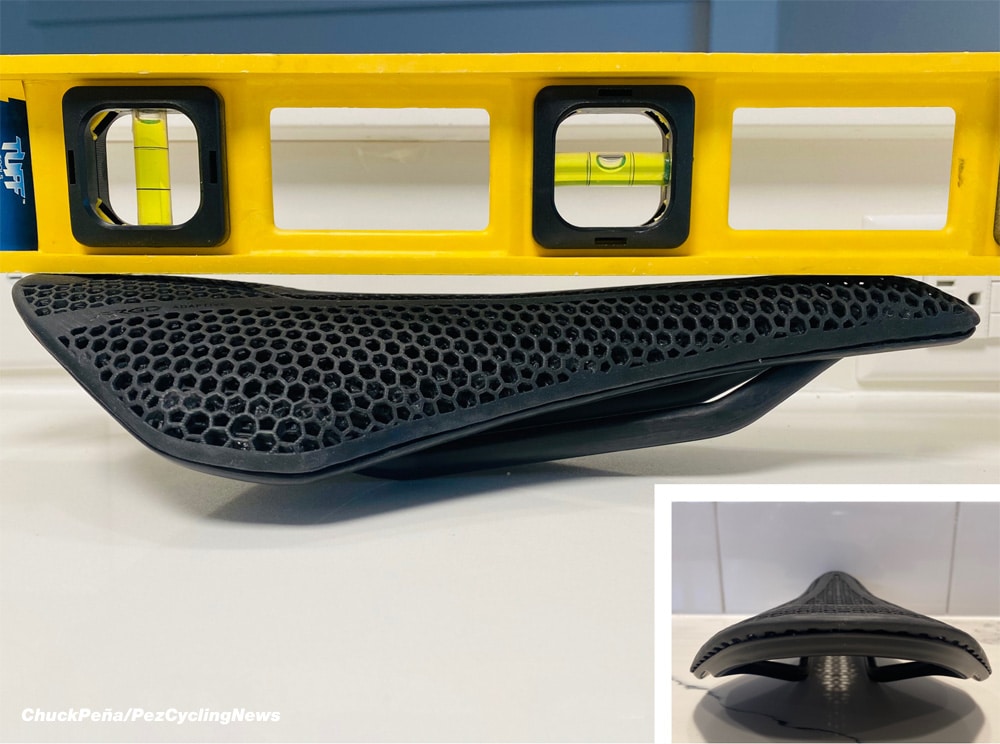The Pros and Cons of Synthetic Saddles

Synthetic saddles have become increasingly popular among equestrians for their affordability, durability, and ease of maintenance. However, like any equestrian equipment, they come with both advantages and disadvantages. This article explores the key pros and cons of synthetic saddles to help riders make informed decisions.
What Are Synthetic Saddles?

Synthetic saddles are made from man-made materials such as synthetic leather, nylon, and other polymers, rather than traditional animal leather. These materials are designed to mimic the look and feel of leather while offering additional benefits.
Pros of Synthetic Saddles
| Advantage | Description |
|---|---|
| Affordability | Synthetic saddles are generally less expensive than leather saddles, making them accessible to beginners and budget-conscious riders. |
| Lightweight | They are lighter than traditional leather saddles, which can reduce fatigue for both horse and rider during long rides. |
| Low Maintenance | Synthetic materials are easier to clean and require less upkeep, as they do not need conditioning like leather. |
| Weather Resistance | Synthetic saddles are more resistant to water, mold, and mildew, making them ideal for wet or humid climates. |
| Variety of Styles | Available in many colors and designs, synthetic saddles offer more customization options. |
Cons of Synthetic Saddles
| Disadvantage | Description |
|---|---|
| Durability Concerns | While durable, synthetic saddles may not last as long as high-quality leather saddles under heavy use. |
| Comfort Issues | Some riders find synthetic saddles less comfortable due to differences in material flexibility and breathability. |
| Aesthetic Appeal | Synthetic saddles may lack the classic, rich appearance of genuine leather, which some riders prefer. |
| Fit and Adjustment | They may offer fewer options for custom fitting, which can affect horse and rider comfort. |
Frequently Asked Questions (FAQ)
Q1: Are synthetic saddles suitable for all riding disciplines?
A1: Synthetic saddles are versatile and can be used in many disciplines, but some specialized riding styles may benefit more from traditional leather saddles.
Q2: How do I clean and maintain a synthetic saddle?
A2: Cleaning synthetic saddles typically involves wiping them down with a damp cloth and mild soap. They do not require leather conditioners.
Q3: Can synthetic saddles cause discomfort to the horse?
A3: Proper fit is crucial regardless of saddle material. Poorly fitted synthetic saddles can cause discomfort, just like leather ones.
Q4: Are synthetic saddles environmentally friendly?
A4: Some synthetic saddles are made from recyclable materials, but the environmental impact varies depending on the manufacturer.
Conclusion
Synthetic saddles offer a practical and cost-effective alternative to traditional leather saddles, especially for beginners and casual riders. However, considerations about durability, comfort, and aesthetics should guide your choice. Evaluating your specific needs and trying different options will help you find the best saddle for you and your horse.
This article provides a balanced view to help riders weigh the benefits and drawbacks of synthetic saddles effectively.
